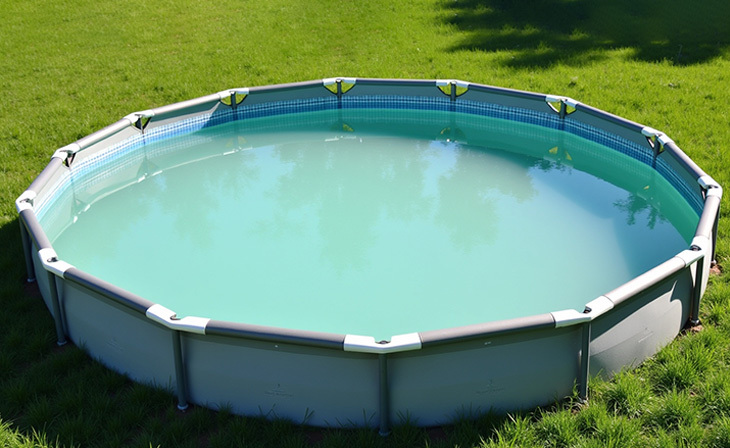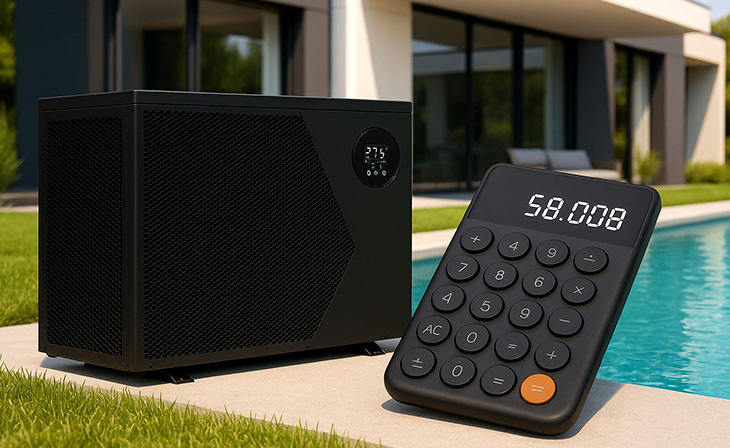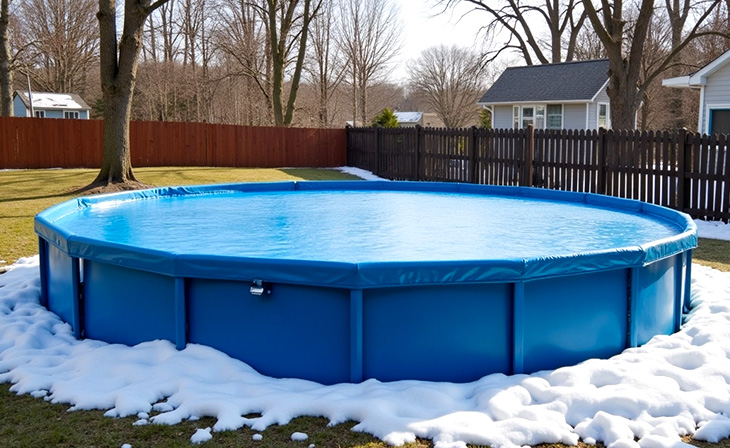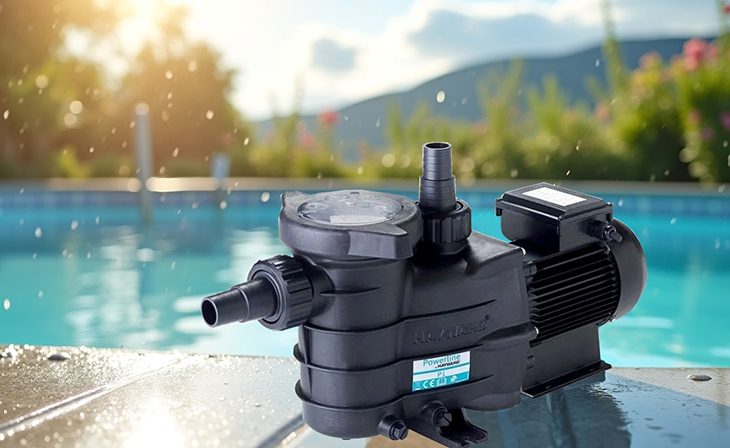Cloudy pool water: causes and effective cleaning methods
-

- News and Articles
- Apr 3, 2025
- 14views

Have you started the swimming season, but the pool water quickly turned cloudy, sediment appeared at the bottom, and an unpleasant odor emerged? Don’t worry! In this article, we’ll explore:
Why does pool water become cloudy? Main causes
To tackle the issue, it’s crucial to understand what causes water to become cloudy. Here are the primary reasons:
➡️ Disruption of the acid-base balance (pH). The ideal pH level is 7.2–7.4. When it deviates, bacteria and algae start growing, making the water murky.
➡️ Insufficient disinfection. If chlorine levels drop below normal, microorganisms multiply rapidly. The optimal chlorine level is 0.3–0.6 mg/L.
➡️ Poor filtration performance. The filter should process the entire water volume at least 2.5 times per day.
➡️ Accumulation of organic debris. Leaves, dust, sunscreen, and other contaminants settle on the pool’s bottom and walls, degrading water quality.
➡️ Algae growth. If the water takes on a greenish tint, it’s a clear sign of algae.

Cloudy pool water: step-by-step guide to fixing the problem
To restore your pool’s pristine clarity, follow this step-by-step guide:
Step 1: Check and clean the filter
✅ Ensure the filter’s capacity matches the pool’s volume.
✅ For a sand filter, perform a backwash and let it run in this mode for a few minutes.
✅ If needed, add a coagulant to remove tiny particles that may settle at the bottom.
Step 2: Check pH and chlorine levels
➡️ Measure pH and chlorine levels using test strips or a digital tester.
➡️ Adjust if they’re off:
- ✔ If pH is above 7.4 – add a pH-lowering agent.
- ✔ If pH is below 7.2 – add a pH-raising agent.
➡️ Check chlorine levels and perform a shock treatment if necessary.
Step 3: Perform a shock treatment
If the water stays cloudy after filtration and pH adjustment, proceed with a shock treatment:
➡️ Add a high dose of chlorine or hydrogen peroxide to the water, following the package instructions.
➡️ Keep the pump running for at least 8–12 hours for effective water circulation.
Step 4: Clean the pool bottom and walls
Even if the water clears up, debris may still linger on the bottom and walls.
✔️ Use a pool vacuum to remove sediment.
✔️ Wipe the walls with a soft brush to eliminate buildup and micro-algae.
Step 5: Add algaecide for prevention
To prevent algae reappearance and water cloudiness, apply algaecide at a preventive dose.

Prevention: how to avoid cloudy pool water?
To keep your pool water clear, follow these simple care rules:
-
✔️ Check pH and chlorine levels weekly.
✔️ Clean the filter every 1–2 weeks.
-
✔️ Remove large debris with a net or vacuum.
✔️ Perform a preventive shock treatment every 2 weeks.
-
✔️ Use algaecide to stop algae growth.
Tips for clearing cloudy water in a hot tub
Water in a hot tub clouds up faster due to high temperatures and a smaller volume. To prevent issues, follow these tips:
✔️ Rinse filters at least once a week.
✔️ Replace the water every 1–3 months with regular use.
✔️ Monitor pH and chlorine levels at least once a week.
✔️ Sanitize the pipes with specialized products every 3–6 months.
Conclusion: how to keep pool water clean?
Cloudy pool water isn’t a disaster! With proper care and regular monitoring of water parameters, you can maintain its clarity and cleanliness throughout the swimming season.
Key tips:
➡️ Test the water weekly.
➡️ Clean the filter and pool walls.
➡️ Perform shock treatments as needed.
➡️ Use algaecide for prevention.
By following these simple steps, you’ll enjoy clean water and comfortable swimming all season long!




